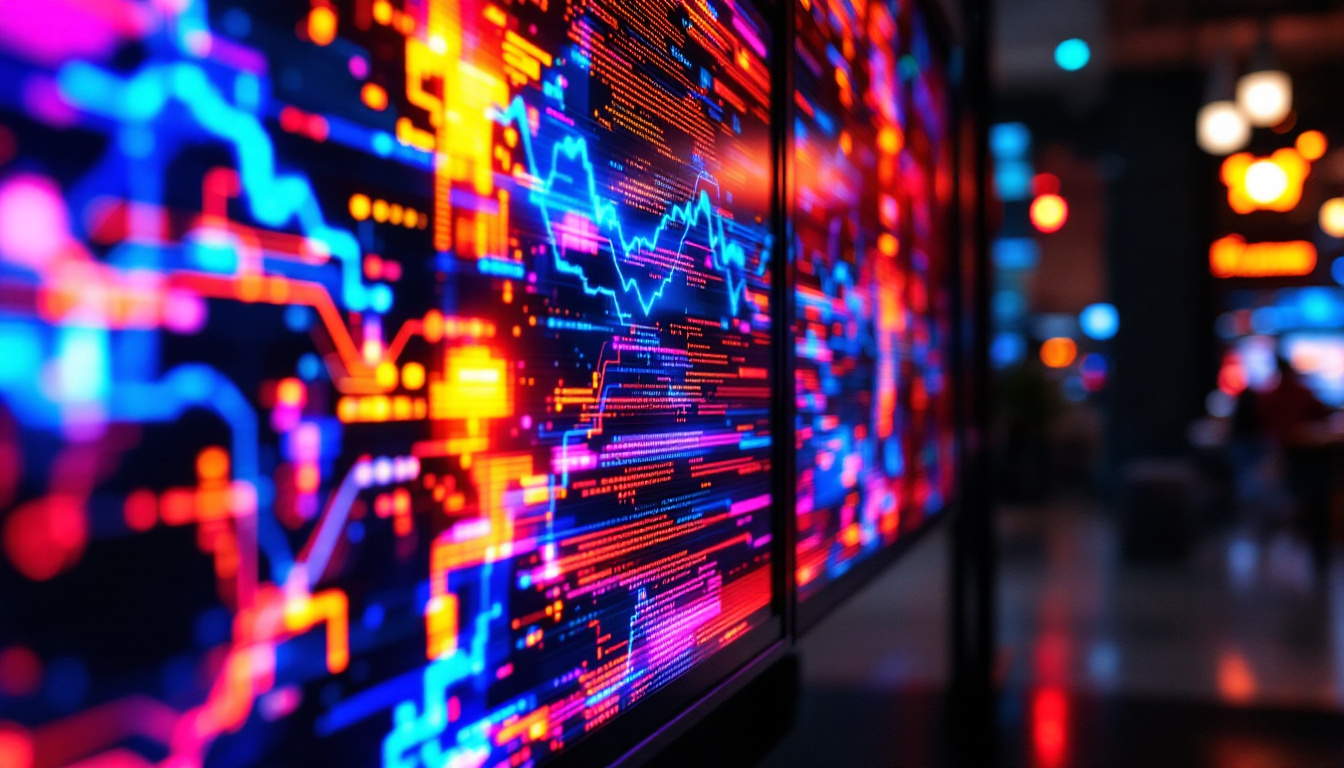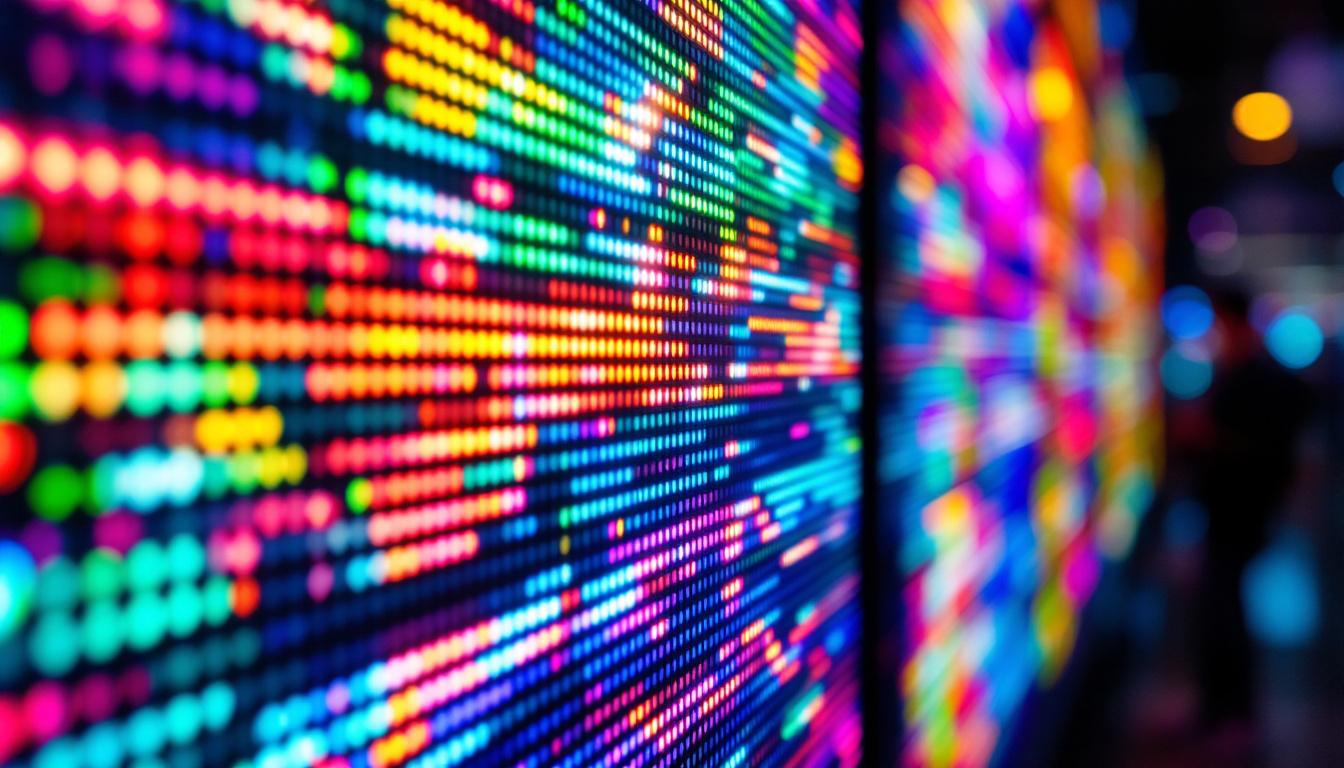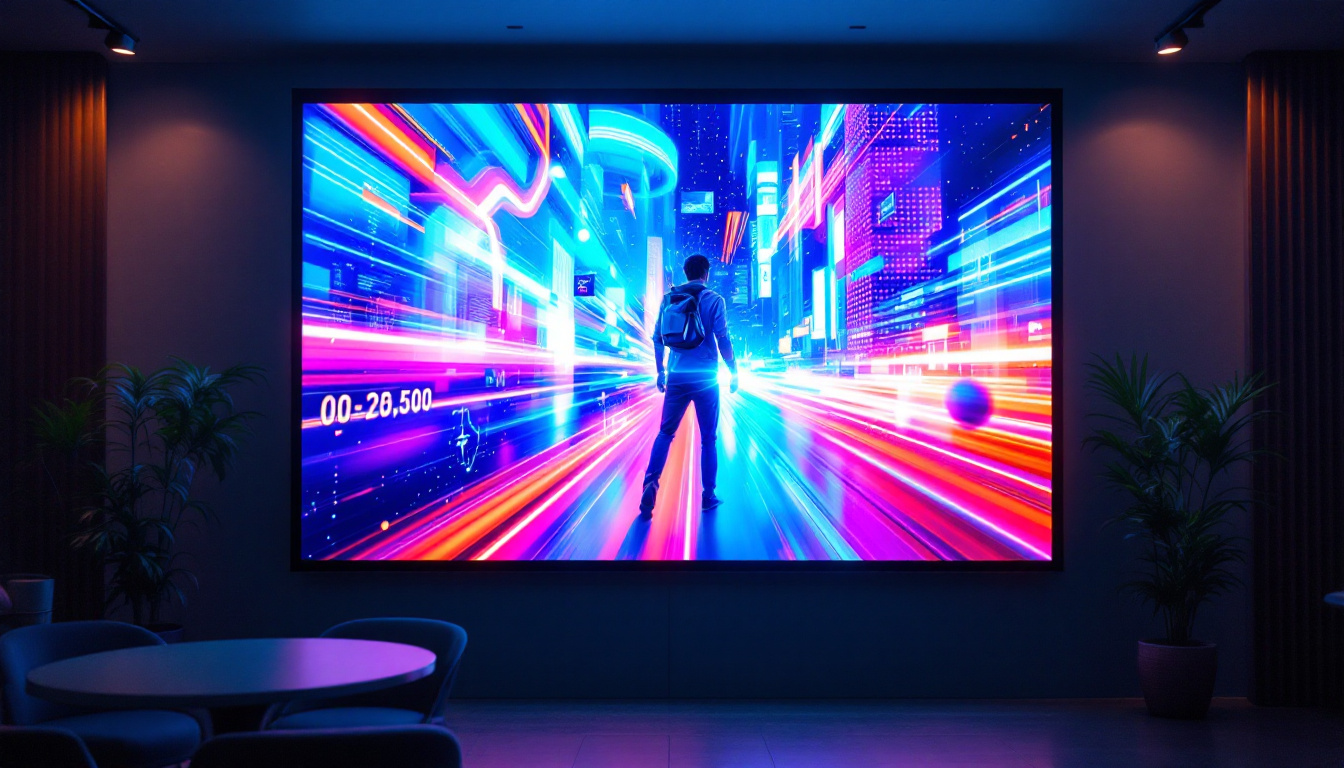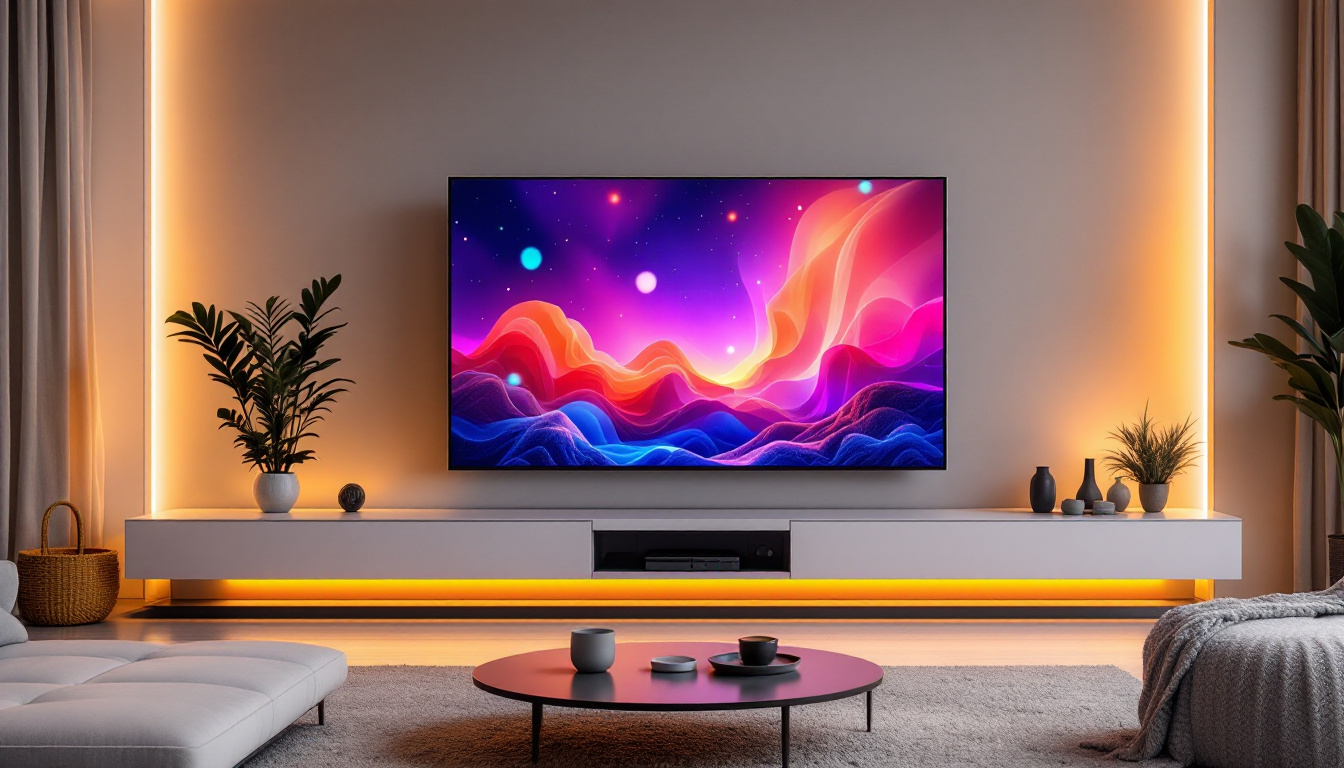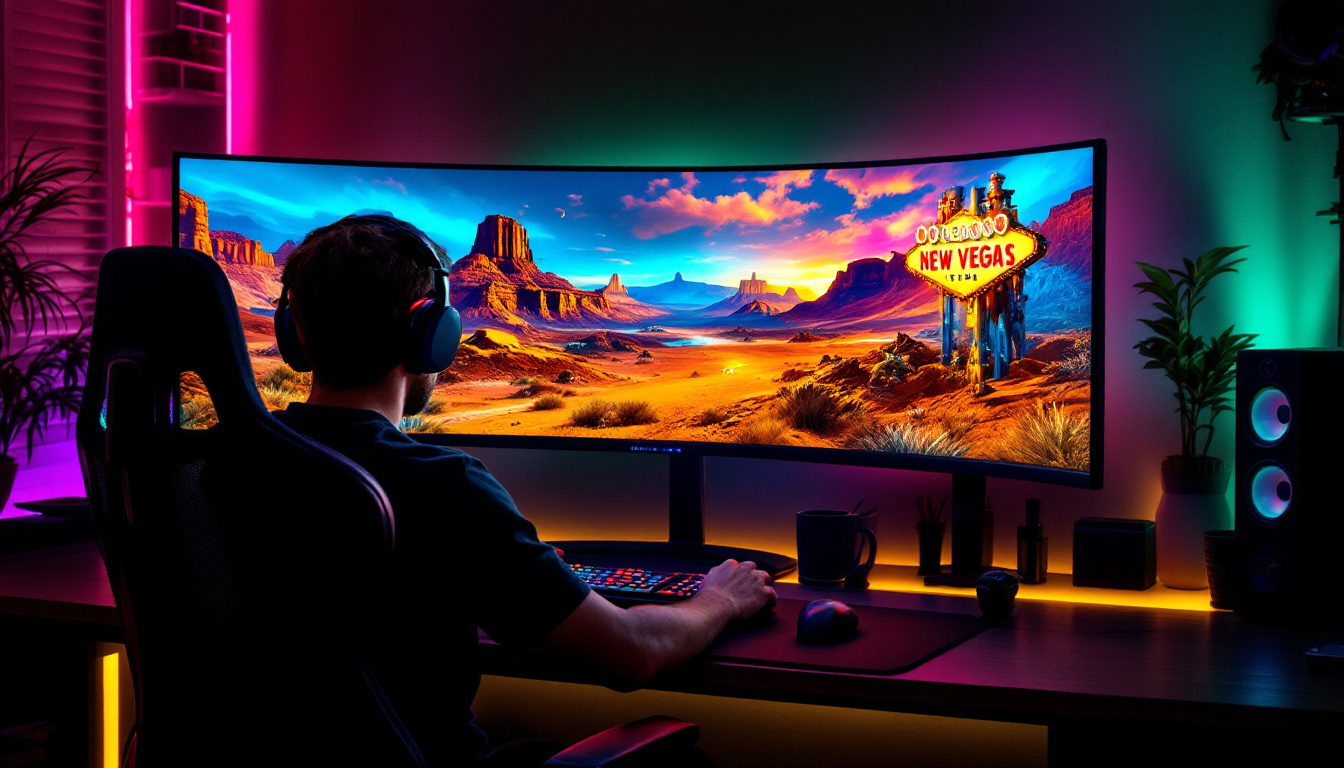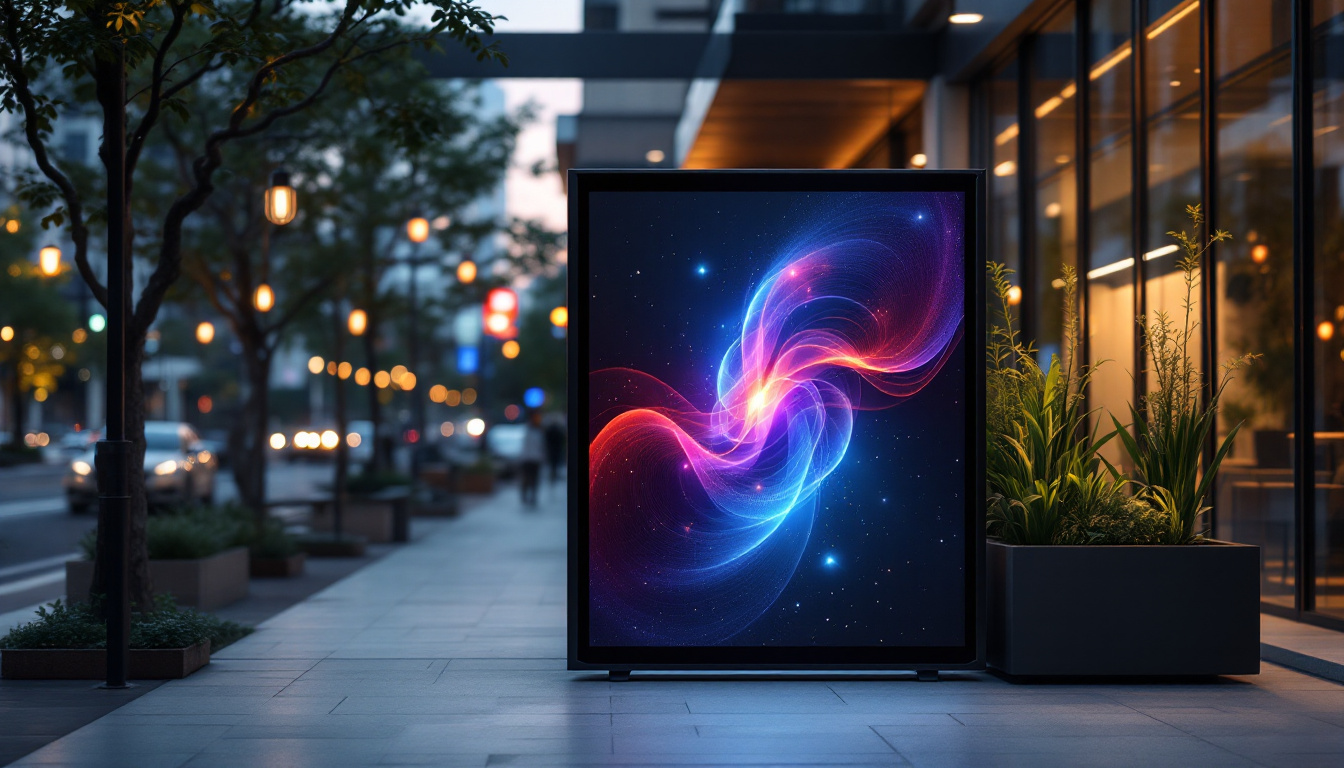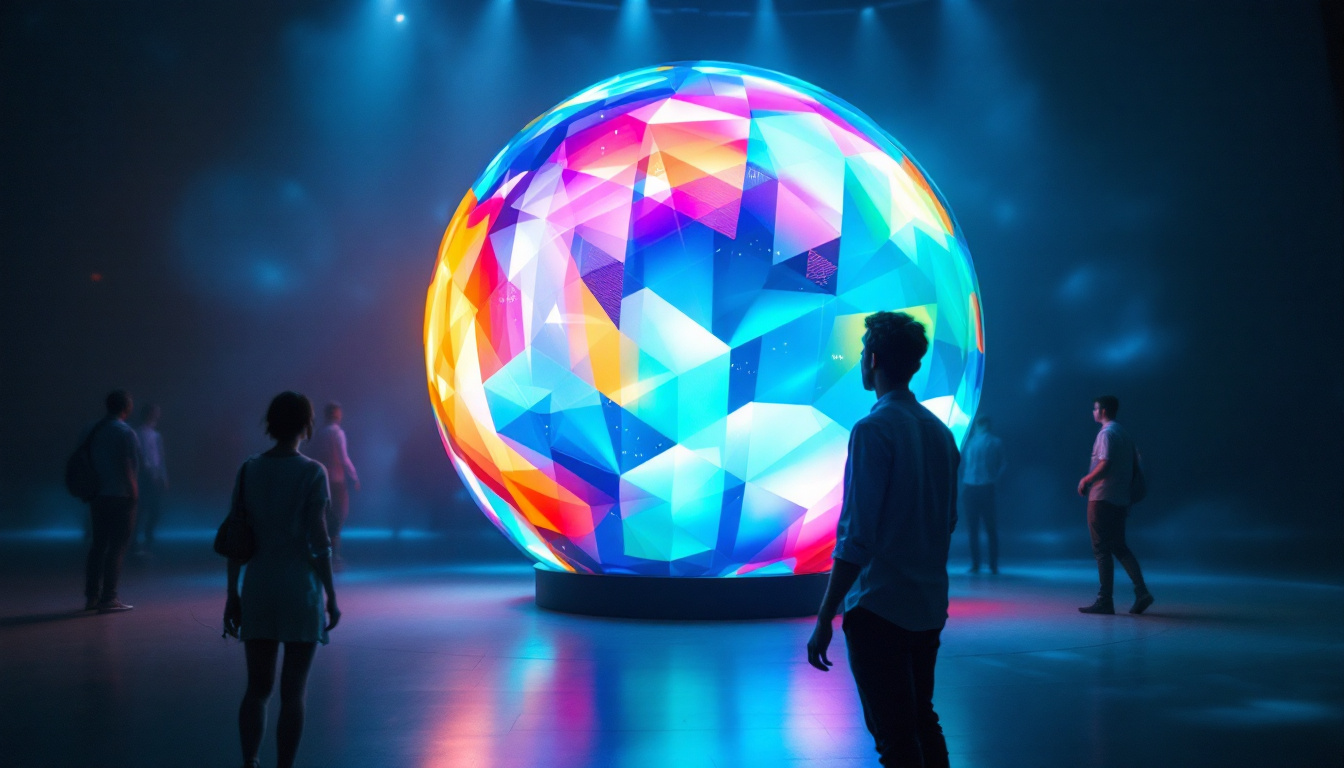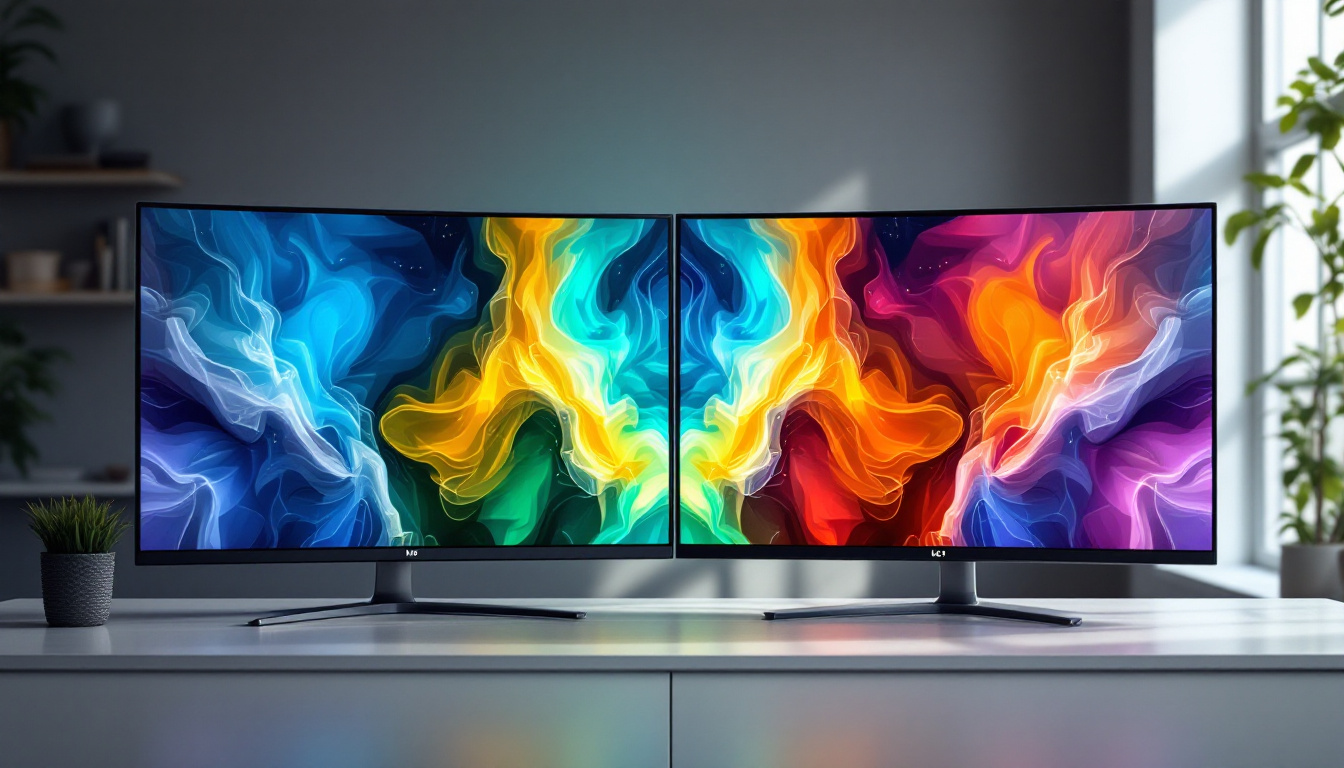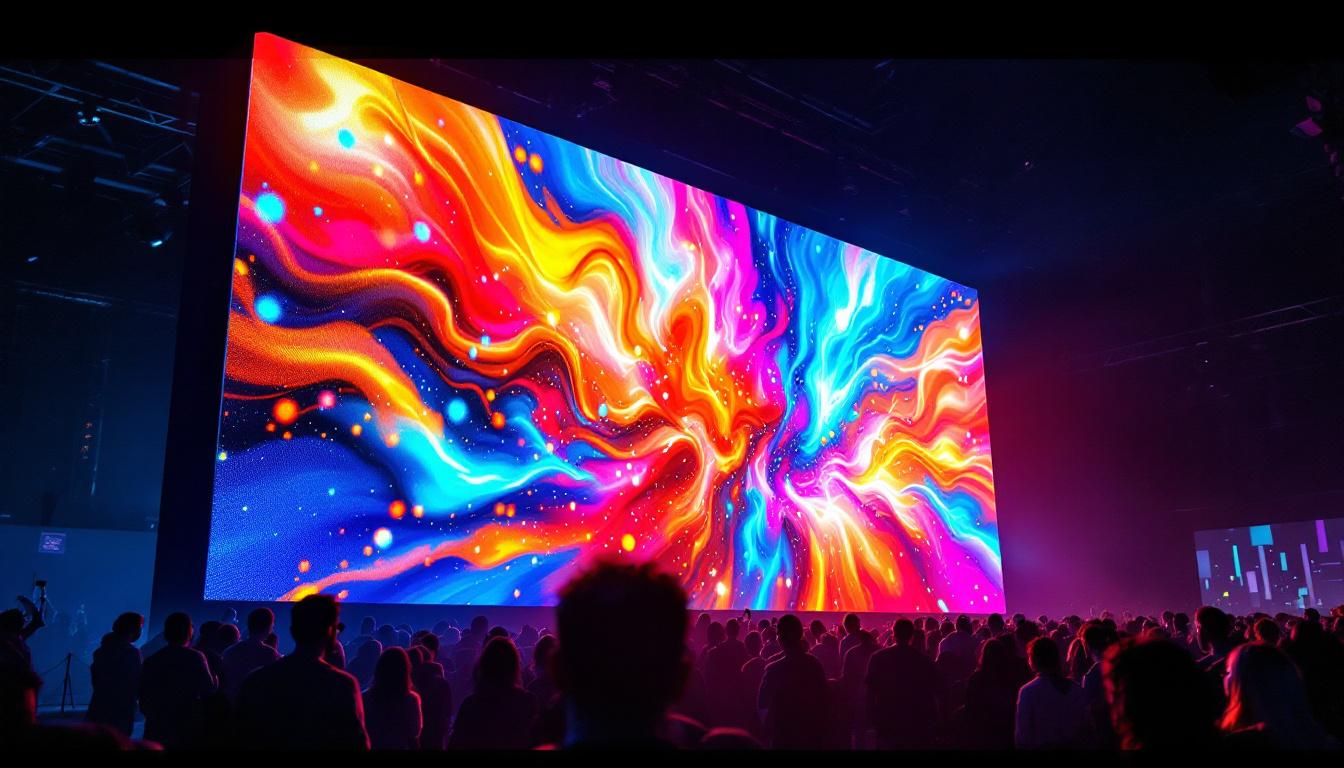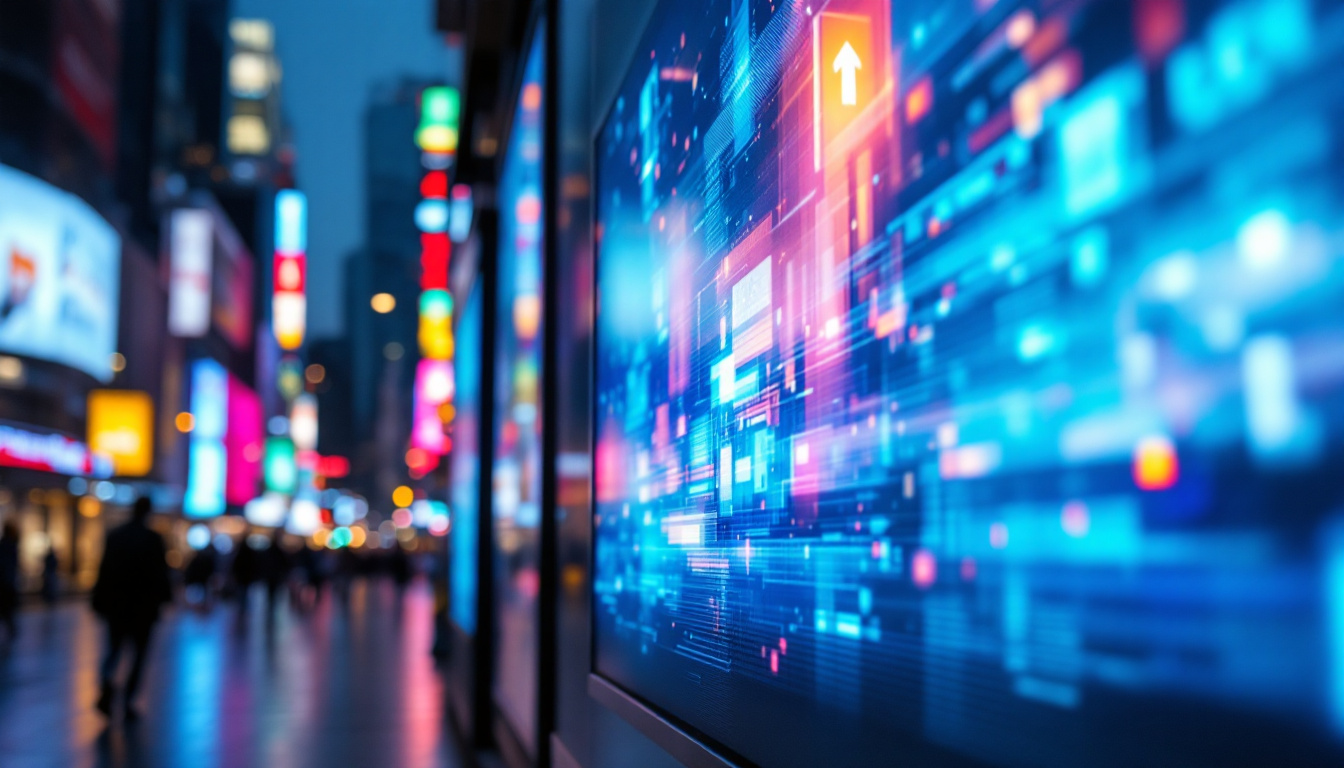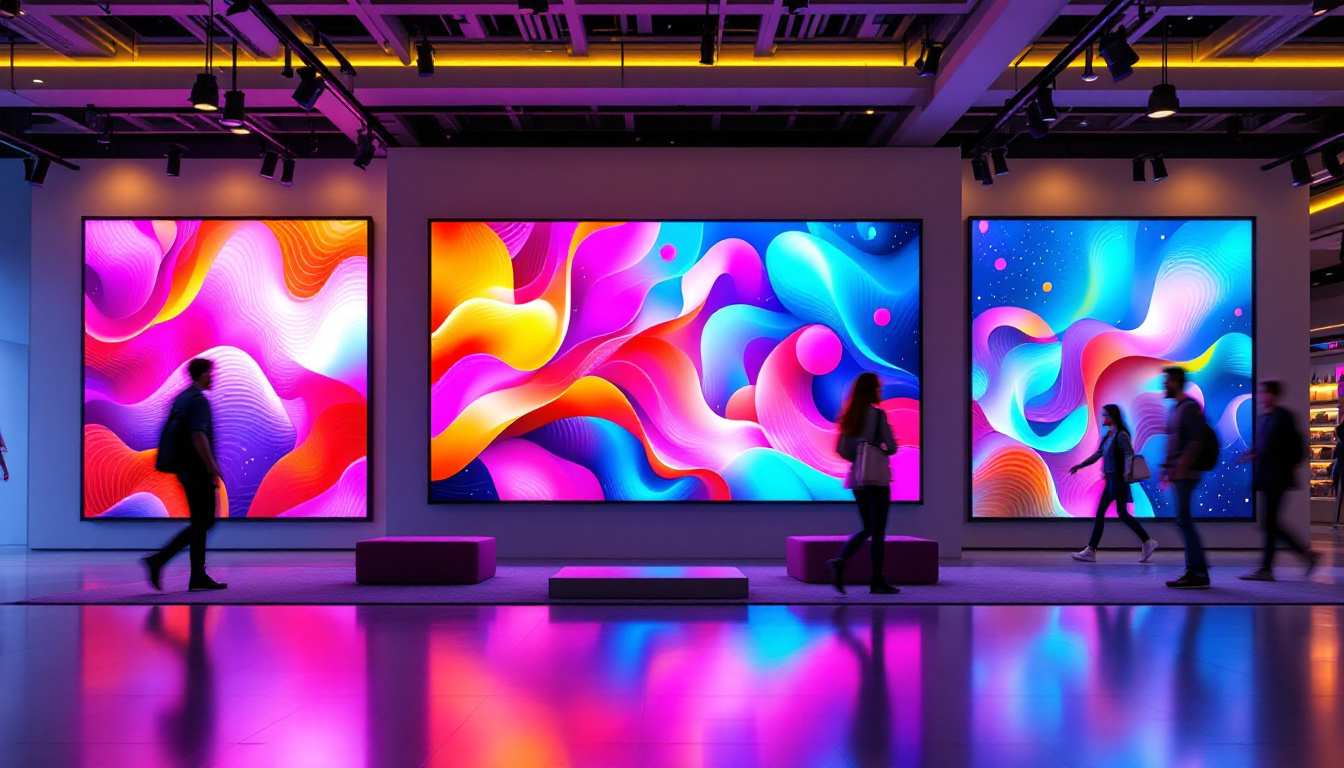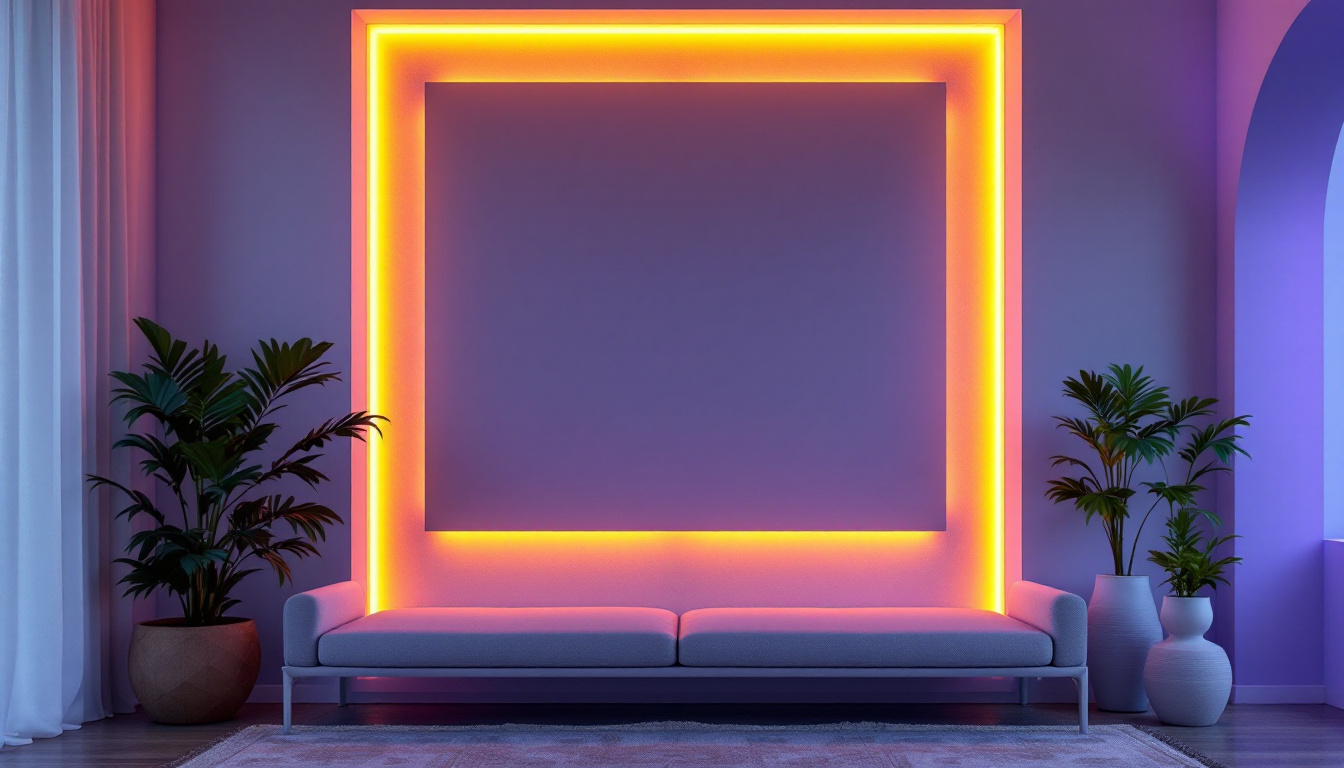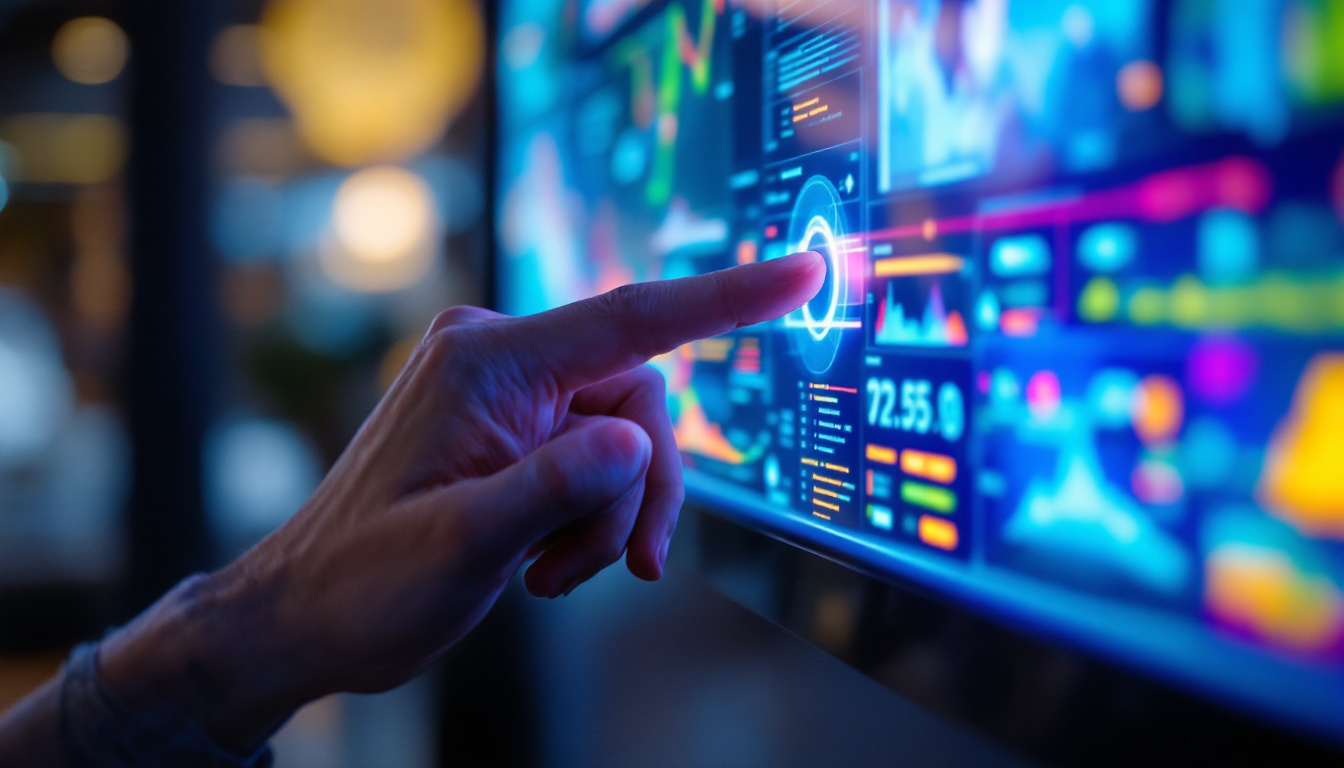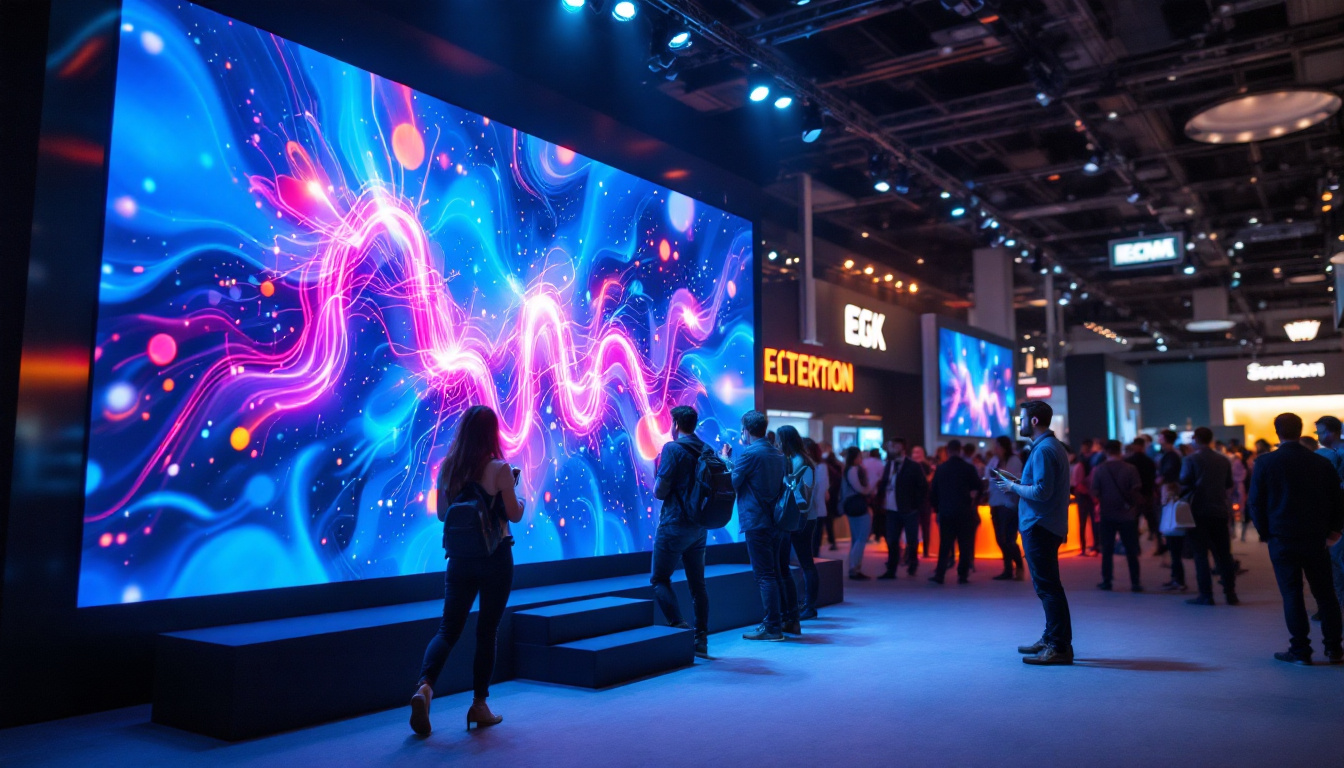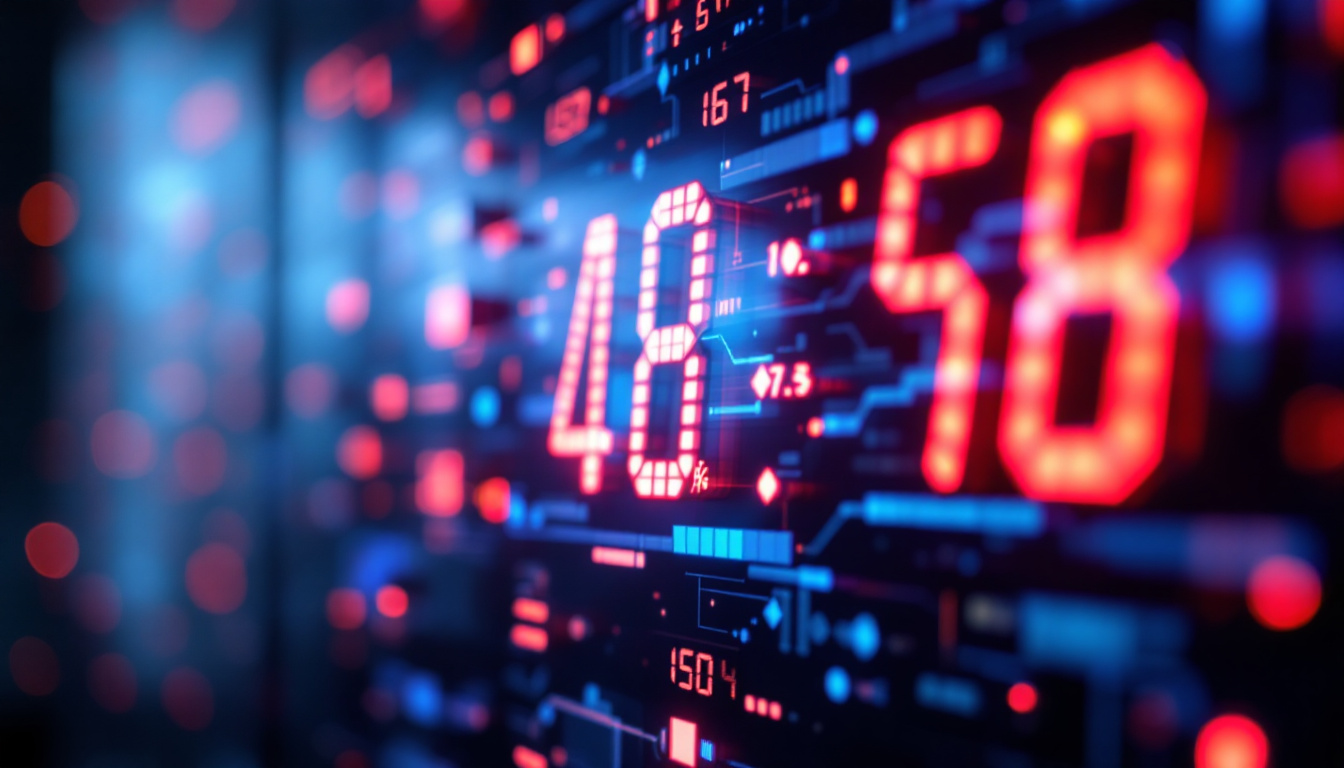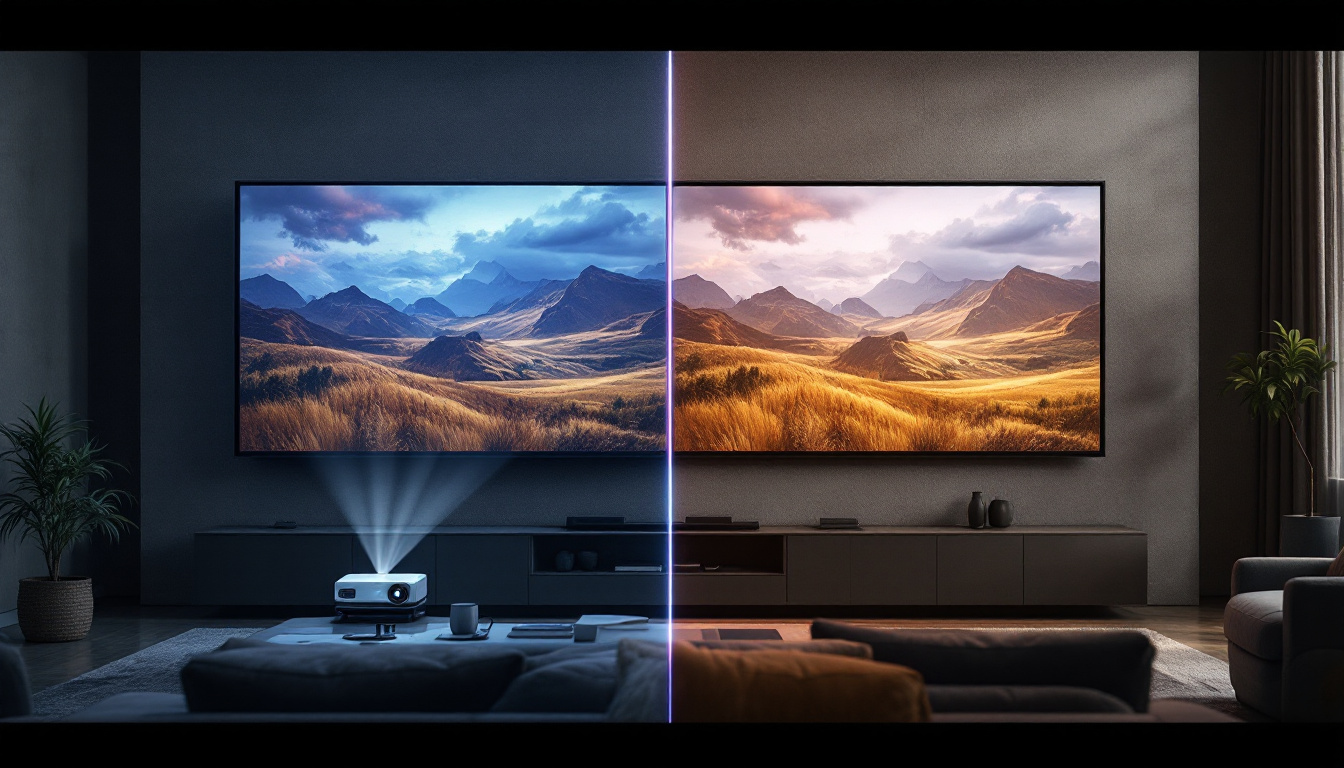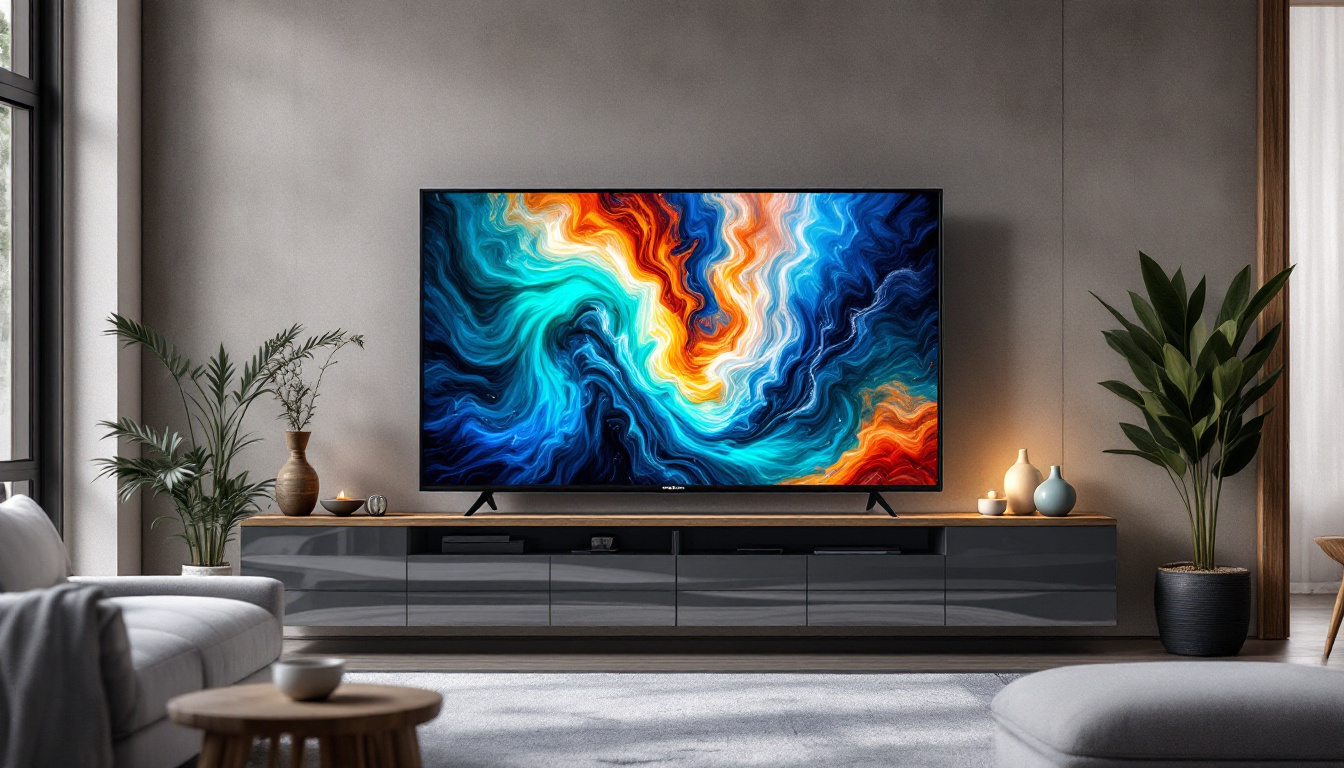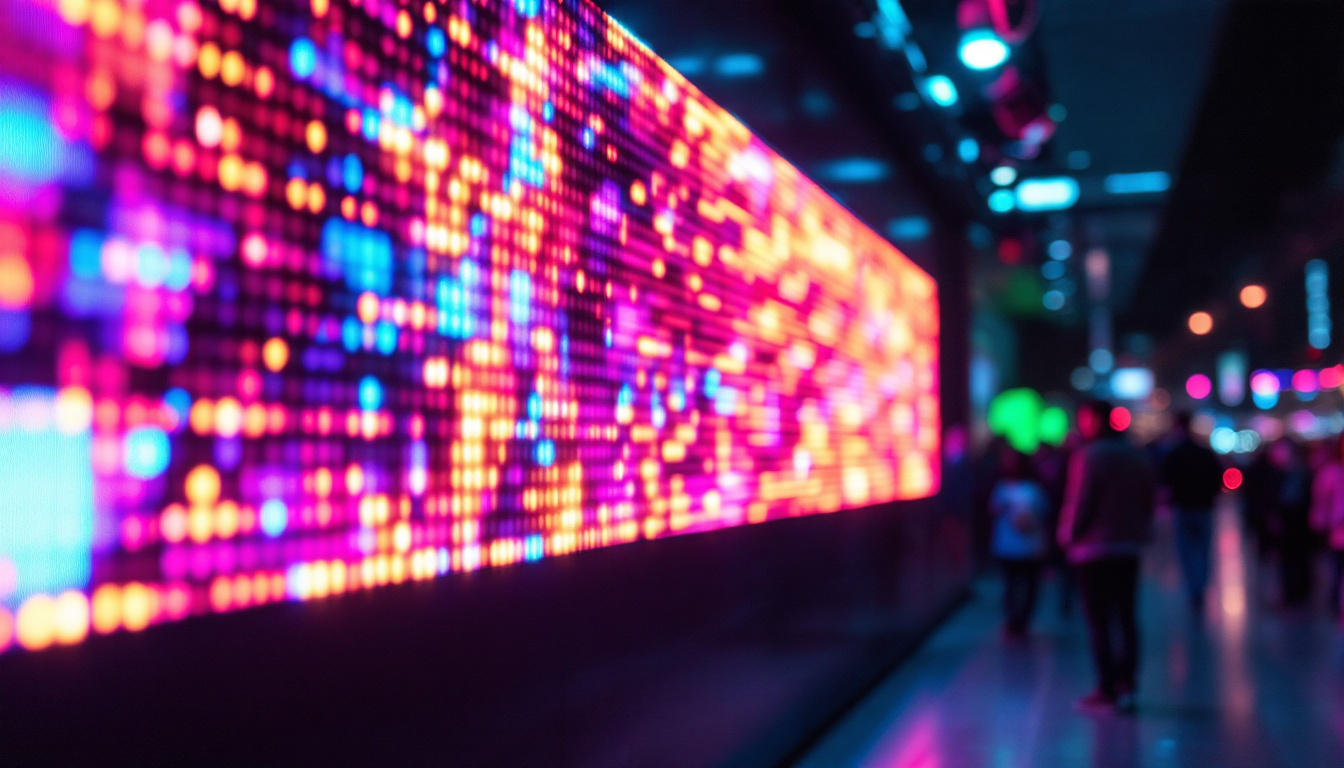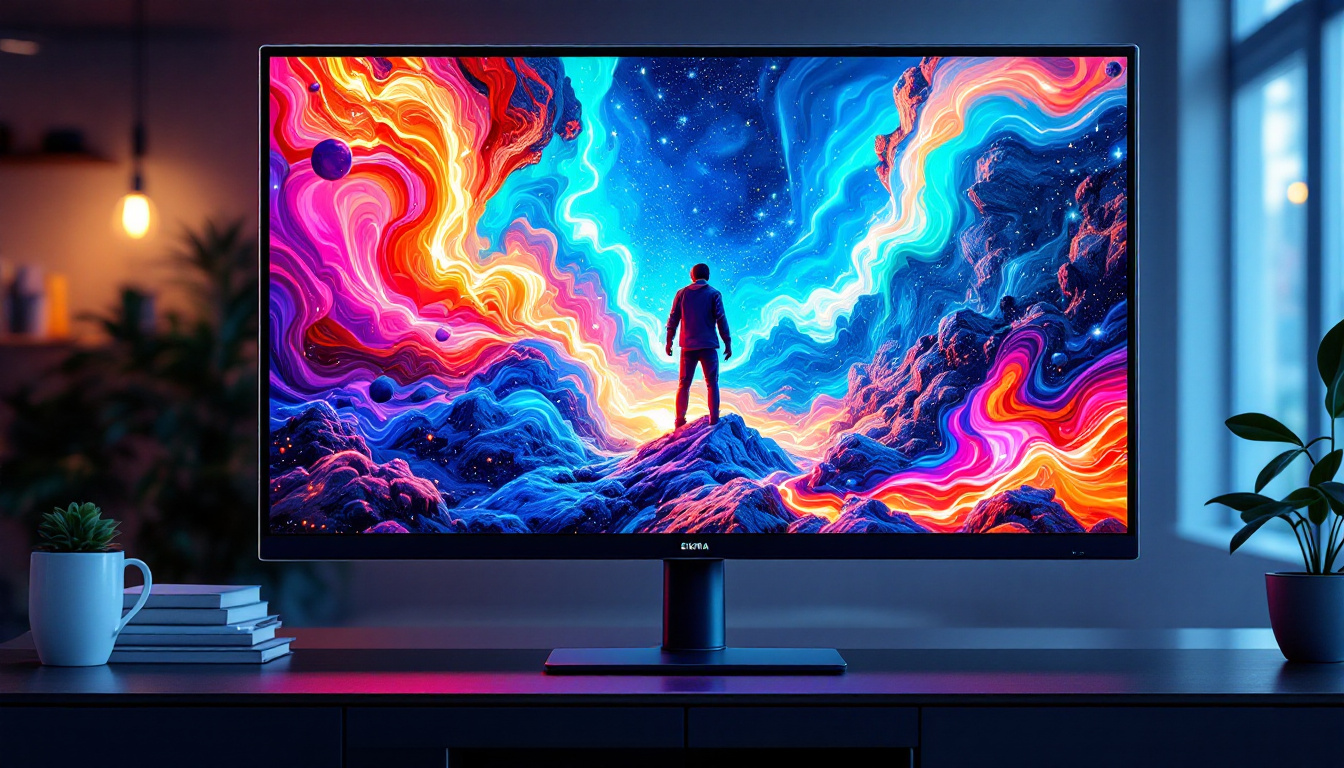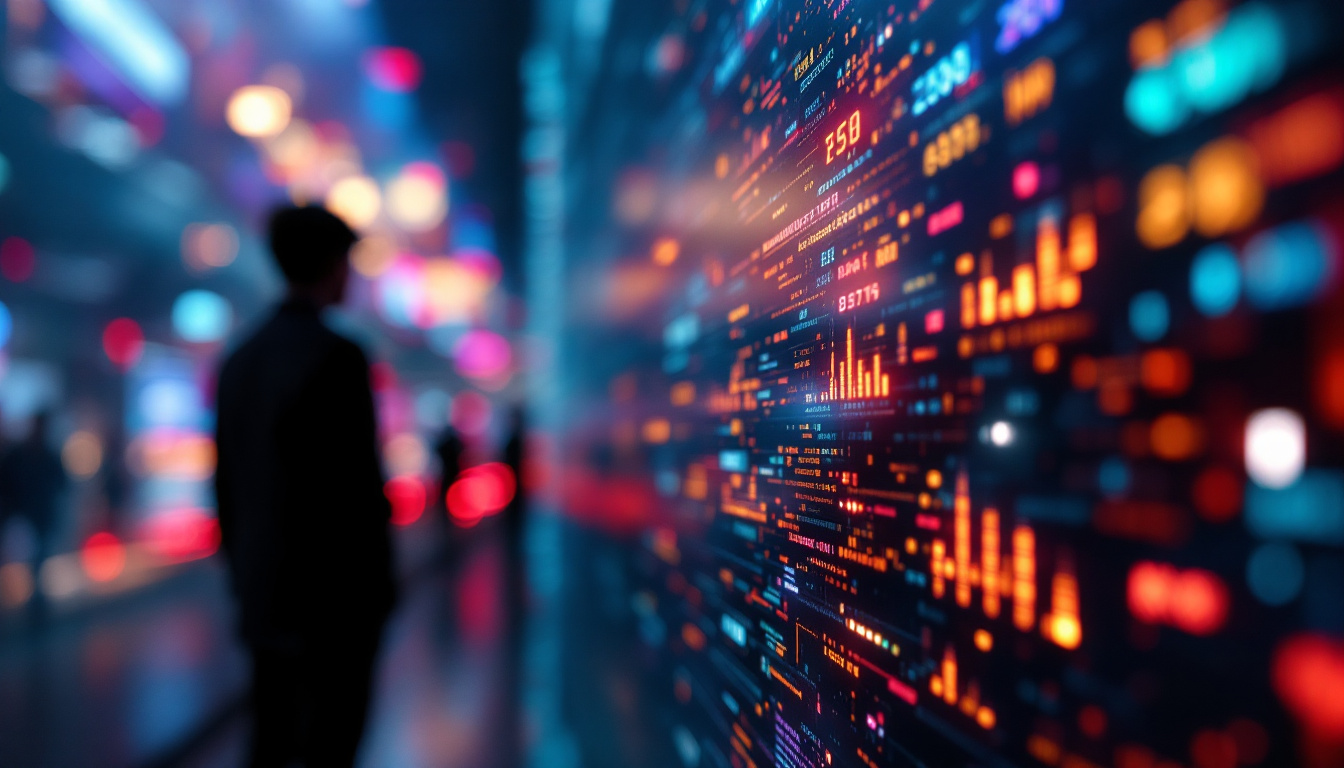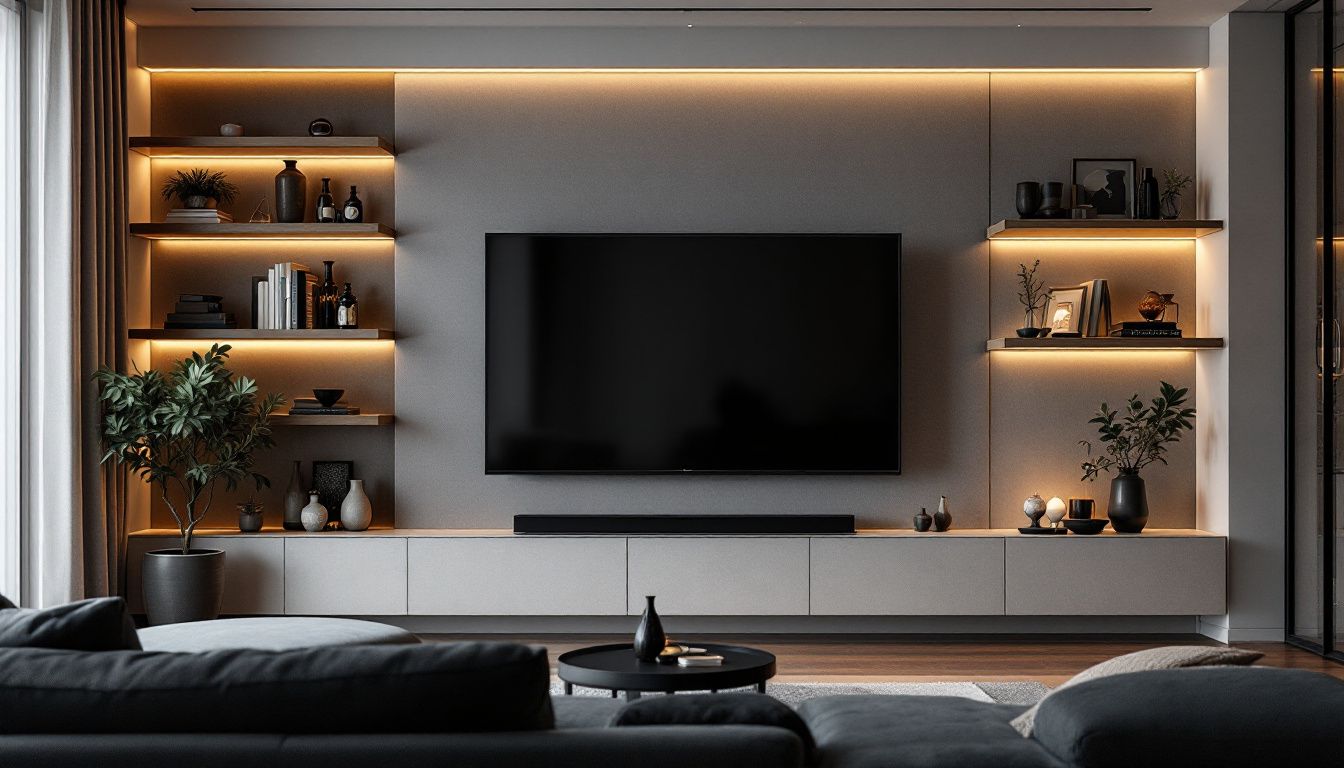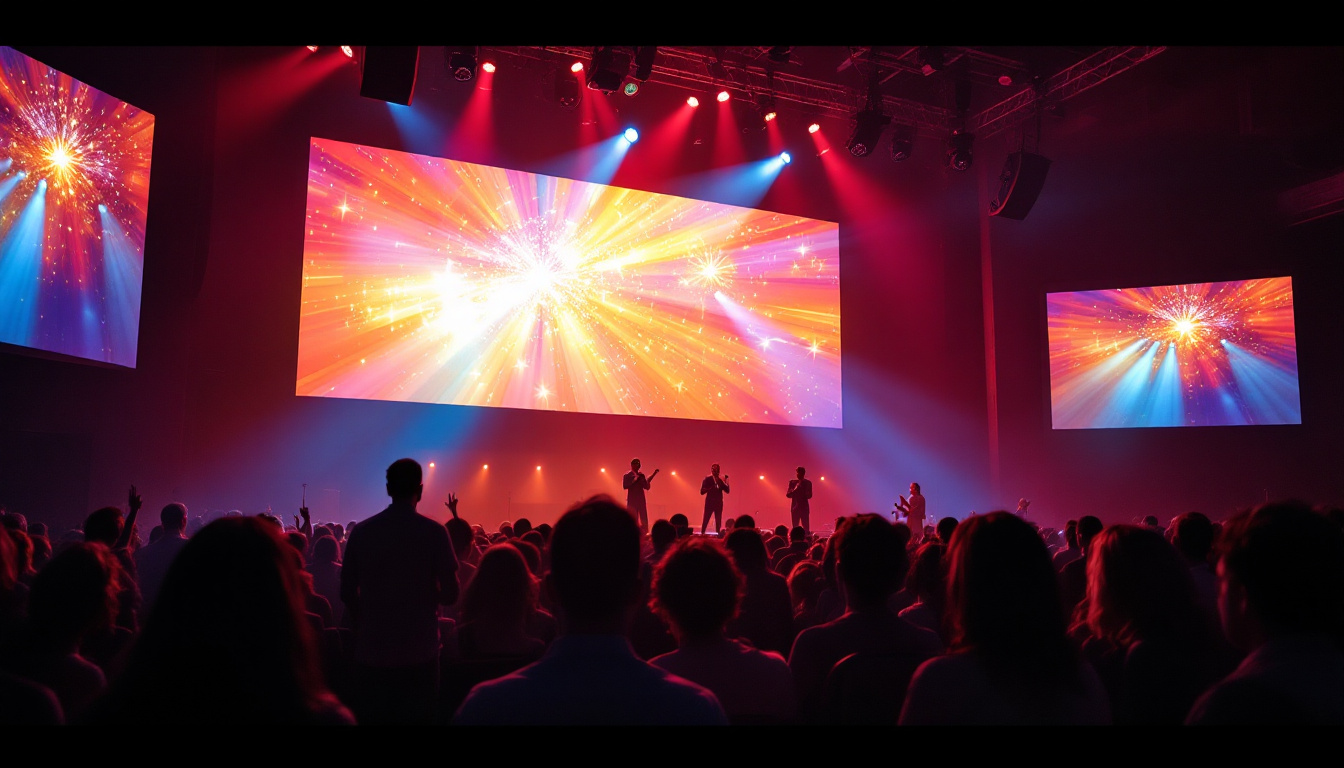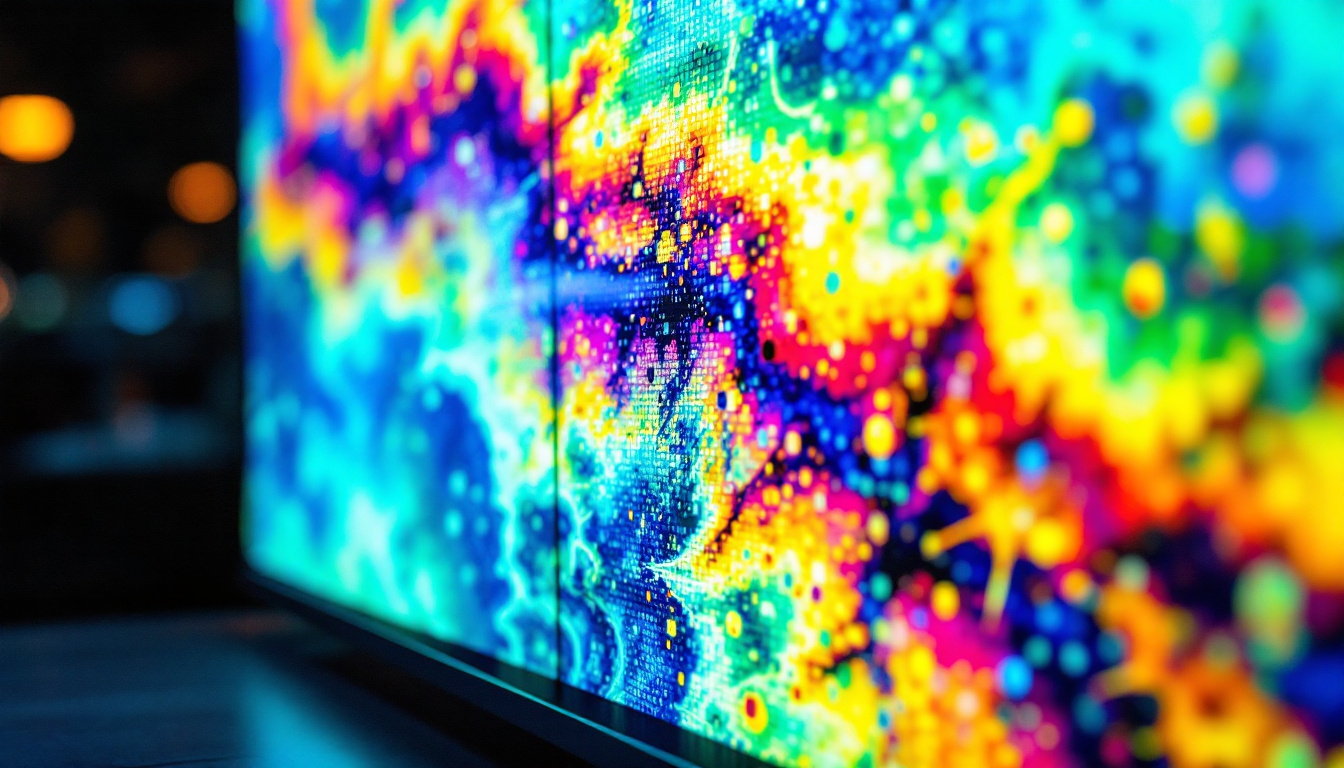The world of display technology has evolved significantly over the years, with LED (Light Emitting Diode) displays becoming a dominant force in the market. Their vibrant colors, energy efficiency, and versatility have made them the preferred choice for a wide range of applications, from televisions to computer monitors. This article delves into the intricacies of LED displays, exploring their functionality, advantages, and the various types available.
Understanding LED Technology
At the core of LED displays lies the technology that utilizes semiconductor diodes to emit light when an electric current passes through them. Unlike traditional LCD screens that rely on backlighting, LED displays can produce light on their own, leading to a more vibrant and dynamic visual experience. This self-emitting characteristic not only enhances color accuracy but also improves energy efficiency, making LED technology a popular choice in various applications, from televisions to large-scale advertising displays.
How LED Displays Work
LED displays operate by using a grid of tiny LED lights that can be individually controlled. Each pixel on the screen is made up of red, green, and blue (RGB) LEDs. By adjusting the intensity of these colors, a wide spectrum of colors can be produced. This process is known as additive color mixing. The precision with which these colors can be manipulated allows for stunning visual effects, making LED displays particularly appealing for high-definition video content and interactive installations.
In essence, when an image is displayed, the LED lights work together to create the desired color and brightness. This technology allows for deeper blacks and brighter whites, enhancing the overall image quality. Additionally, LED displays can achieve faster refresh rates, making them ideal for fast-paced video content. This capability is especially beneficial in environments such as sports arenas or concert venues, where quick movements and rapid scene changes are common. The result is a viewing experience that captivates audiences with its clarity and fluidity.
The Components of an LED Display
Understanding the components of an LED display can provide insight into its performance and capabilities. The primary components include:
- LEDs: The core elements that produce light.
- Driver Circuitry: Responsible for controlling the brightness and color of the LEDs.
- Control System: Manages the input signals and ensures the correct image is displayed.
- Housing: Protects the internal components and provides structural integrity.
Each of these components plays a crucial role in the overall functionality and efficiency of the display. The quality of the LEDs, in particular, can significantly impact the brightness and longevity of the display. Furthermore, advancements in LED technology have led to the development of organic LEDs (OLEDs) and microLEDs, which offer even greater contrast ratios and flexibility in design. These innovations are paving the way for next-generation displays that can be seamlessly integrated into various environments, from home theaters to commercial signage.
Moreover, the integration of smart technology into LED displays has transformed how we interact with visual media. With features such as touch sensitivity and wireless connectivity, users can engage with content in more immersive ways. This evolution is not only enhancing user experience but also opening new avenues for creative expression in advertising and entertainment, where dynamic content can be tailored to specific audiences in real-time.
Types of LED Displays
LED displays come in various types, each designed for specific applications and environments. Understanding the differences can help consumers make informed choices based on their needs.
Direct View LED Displays
Direct view LED displays are composed of individual LED modules that form a larger screen. These displays are commonly used for large-scale advertising, sports arenas, and outdoor events. Their high brightness levels and wide viewing angles make them suitable for various lighting conditions.
One of the key advantages of direct view LED displays is their ability to create seamless images without bezels, providing a more immersive viewing experience. Additionally, they are highly durable, making them ideal for outdoor use.
LED-backlit LCD Displays
LED-backlit LCD displays utilize LED technology to illuminate the traditional liquid crystal display (LCD) panel. This combination enhances the color accuracy and contrast compared to older fluorescent backlighting methods. LED-backlit LCDs are widely used in televisions and computer monitors.
These displays can be further categorized into two types: edge-lit and full-array. Edge-lit displays have LEDs positioned along the edges, while full-array displays feature a grid of LEDs behind the screen, allowing for better local dimming and improved contrast.
OLED vs. LED Displays
While both OLED (Organic Light Emitting Diode) and LED displays offer excellent picture quality, they operate on different principles. OLED displays use organic compounds that emit light when electricity is applied, allowing each pixel to turn on or off independently. This results in true blacks and vibrant colors.
In contrast, LED displays rely on backlighting, which can lead to some light bleed in dark scenes. However, LED displays are generally more affordable and have a longer lifespan than OLEDs, making them a popular choice for many consumers.
Advantages of LED Displays
LED displays have gained popularity for several reasons, each contributing to their widespread adoption across various sectors.
Energy Efficiency
One of the most significant advantages of LED technology is its energy efficiency. LED displays consume less power compared to traditional LCD or CRT displays, leading to lower electricity bills and a reduced carbon footprint. This efficiency is especially beneficial for large installations, such as digital billboards or video walls.
Brightness and Color Quality
LED displays are known for their exceptional brightness levels and color reproduction. They can produce vibrant colors and deep blacks, making them ideal for both indoor and outdoor environments. This capability is particularly advantageous for applications requiring high visibility, such as advertising and presentations.
Longevity and Durability
LED displays have a longer lifespan compared to other display technologies. With proper care, they can last up to 100,000 hours, significantly reducing the need for frequent replacements. Additionally, they are more resistant to shock and vibration, making them suitable for various applications, including industrial settings.
Applications of LED Displays
The versatility of LED displays allows them to be utilized in a wide range of applications, from entertainment to information dissemination.
Advertising and Marketing
One of the most common uses of LED displays is in advertising and marketing. Digital billboards and signage can capture attention with dynamic content, allowing businesses to showcase promotions and events in real-time. The ability to change messages quickly makes LED displays a powerful tool for marketers.
Entertainment and Events
In the entertainment industry, LED displays are used for concerts, festivals, and sporting events. Their high brightness and clarity ensure that audiences can enjoy the visuals, even in bright outdoor settings. Additionally, LED screens can be configured in various shapes and sizes, allowing for creative stage designs.
Corporate and Educational Settings
LED displays are increasingly being adopted in corporate and educational environments. They serve as effective presentation tools, enabling clear and engaging communication of ideas. In classrooms, LED displays can enhance learning experiences by displaying multimedia content and interactive lessons.
Challenges and Considerations
While LED displays offer numerous advantages, there are also challenges and considerations to keep in mind when selecting and using this technology.
Cost Implications
Although the prices of LED displays have decreased over the years, they can still represent a significant investment, especially for large installations. Organizations must weigh the initial costs against the long-term benefits, including energy savings and durability.
Viewing Angles and Performance
Not all LED displays offer the same viewing angles. Some types, particularly edge-lit models, may experience color distortion or reduced brightness when viewed from an angle. It is essential to consider the intended use and viewing conditions when selecting a display to ensure optimal performance.
Environmental Impact
While LED displays are generally more energy-efficient, the manufacturing and disposal processes can have environmental implications. Consumers and businesses should consider sustainable practices, such as recycling old displays and choosing manufacturers committed to environmentally friendly processes.
Future Trends in LED Display Technology
The landscape of LED display technology is continually evolving, with innovations that promise to enhance performance and user experience.
MicroLED Technology
MicroLED technology is an emerging trend that utilizes microscopic LEDs to create displays. This technology offers several advantages, including improved brightness, color accuracy, and energy efficiency. MicroLED displays have the potential to compete with OLEDs while avoiding some of their drawbacks, such as burn-in issues.
Flexible and Transparent Displays
Flexible LED displays are gaining traction in various applications, from advertising to consumer electronics. These displays can bend and conform to different shapes, providing new opportunities for creative designs. Transparent LED displays are also being developed, allowing for innovative applications in retail and architecture.
Integration with Smart Technology
As smart technology continues to advance, LED displays are becoming increasingly integrated with IoT (Internet of Things) systems. This integration allows for enhanced interactivity and data-driven content, enabling businesses to tailor their messaging based on real-time analytics.
Conclusion
LED displays have revolutionized the way visual content is presented, offering a combination of brightness, energy efficiency, and versatility. As technology continues to advance, the possibilities for LED displays are expanding, making them an essential component in various industries. Understanding the intricacies of LED technology and its applications can empower consumers and businesses to make informed decisions that enhance their visual communication strategies.
Whether utilized for advertising, entertainment, or educational purposes, LED displays are poised to remain at the forefront of display technology, providing dynamic and engaging experiences for audiences worldwide.
Discover LumenMatrix LED Display Solutions
Ready to elevate your visual experience with the latest in LED display technology? Look no further than LumenMatrix, a pioneer in crafting exceptional LED display modules designed to amplify your brand’s presence and captivate your audience. From versatile Indoor and Outdoor LED Wall Displays to innovative solutions like Vehicle LED Displays, LED Posters, and even Custom LED Displays, LumenMatrix offers a comprehensive range of products to meet your every need. Embrace the future of visual communication and check out LumenMatrix LED Display Solutions today to transform how you engage and interact with your audience.

